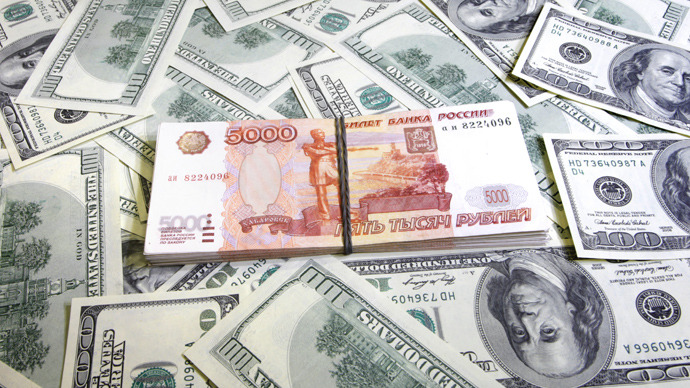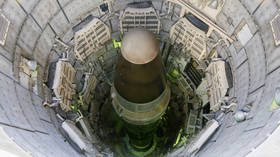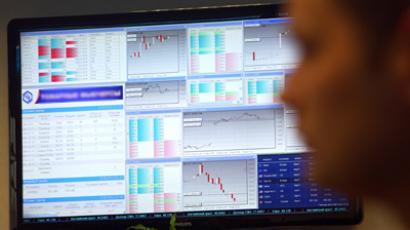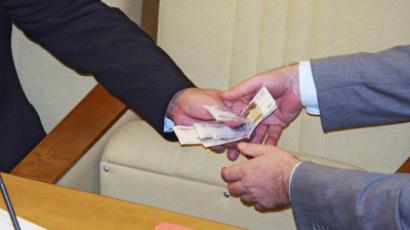Russian capital outflow to reach $50bn in 2013, ‘enough to fund another Olympics’

The amount of capital expected to leave Russia in 2013 was raised to $50 billion by the Ministry of Economic Development. Analysts suggest despite some progress during past years Russia’s investment climate badly needs further improvement.
The amount of money fleeing Russia annually could be enough to
finance an Olympic games every year, according to “The equivalent
of the runaway money” study, published by independent economists,
the Nezavisimaya Daily reports.
The overall budget of the Olympic construction project in Sochi,
which is considered highly overpriced and totals around $50
billion, is still less than the 2012 official $56,8 capital outflow
from Russia, experts of ACG FinExpertiza say.
"Olympic infrastructure in Sochi has been under construction for
several years already; almost a whole new city has been built over
this time,” FinExpertiza analysts say. “Taking this idea to
an absurd, one can say that if that money stayed inside Russia, we
could have held Olympics every year in a new city.”
Another comparison puts the rate of capital flight on par with
Moscow’s yearly budget– the second biggest city budget in the world
after New York.
The $56,8 billion could fund the building of around 43,000
kilometers of roads, enough to circle the globe along the equator.
The 2012 budget of the Russian Defense Ministry totaling $44,8
billion is $12 billion less than the sum of outflow.
“The high intensity of outflows partly has to do with a
combination of global headwinds (most notably the European debt
crisis), bursts of uncertainty (economic or political) in Russia as
well as the low overall quality of the investment climate,”
Yaroslav Lissovolik, chief economist at Deutsche Bank in Moscow,
told RT.
“Indeed, the data on outflows suggests that despite some of the
important progress attained in the past several years (including
WTO accession) Russia's investment climate is in sore need of
further improvement,” Lissovolik added.
Last December Ernst & Young, the Russian Fund of Direct
Investment and the Center of National Intellectual Reserve at
Russia’s State University, pointed out that the Russian Central
Bank’s calculation of capital outflow was incorrect, and halved the
2011 figure from $80 to $40 billion. This could mean the real
figure for 2012 is somewhat lower.
However, Yaroslav Lissovolik believes the official figures are
fair.
“Our sense is that the CBR figures on capital outflows are
adequate, the problem is how to interpret these figures. The point
that the Russian Fund for Direct Investments is making is that not
all outflows should be treated as "capital flight" - a fair
observation in our view,” Yaroslav Lissovolik said.
Russia’s Minister of Economic Development Andey Belousov has
defended the level of capital outflow from the country, stressing
that most of it is based on investments in foreign markets.
“Russian capital outflow will decrease and reach some $50
billion in 2013,” Belousov told RT. “We should understand
that this great amount of leaving capital consists of investments
by Russian companies abroad. We welcome such capital flows. You
should create companies and assets to have some market
shares.”
Another problem Russia’s economy faces is the high level of illicit
capital outflow. According to the recent announcement made by the
head of the Russian Central Bank Sergey Ignatiev, the illicit
outflow amounted to $49 billion last year. While for the period
between 1994 and 2011 this number is as high as $211.5 billion, and
$151bn in 2001-2010, according to a report of Global Financial
Integrity (GFI), the US financial watchdog. This makes Russia the
fifth largest victim of illicit capital outflow in the
world.














